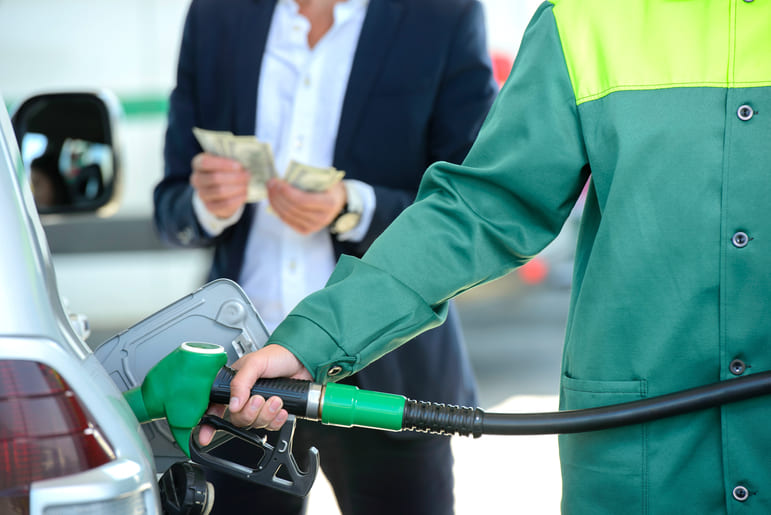
With constantly fluctuating oil prices, knowing your fuel economy has never been more essential.
There are lots of things to consider when buying a new car. What is the handling like? How about the power and acceleration? How comfortable is it to drive? One of the most common questions is how expensive will it be to run? And this is an incredibly important question. There have been some excellently engineered, attractive-looking, and comfortable cars in recent years that have constantly been given poor review scores because they are simply too expensive to run.
A lot of the time, this comes down to the fact that they are ‘gas guzzlers’, meaning they have an extremely high fuel consumption. Given the high and unpredictable price of petrol and diesel, car fuel efficiency has become a key metric in helping you choose which car is right for you. This is why we have MPG and why nearly every review of a vehicle will mention it’s MPG. But what is this value, can I calculate it for my existing vehicle, and how helpful can it be in buying a new car?
What is MPG?
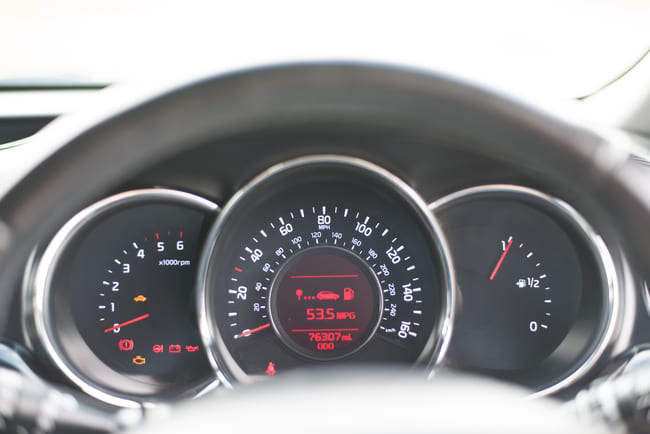
MPG stands for miles per gallon and it is the standard unit for measuring fuel consumption in land-based vehicles. The figure shows the number of miles one car can travel on one gallon of fuel. For example, if your car has a fuel efficiency of 50mpg and its fuel tank has one gallon (or 4.55 litres) in it, then you can travel 50 miles before the car runs out of fuel.
By law, each car must be given an official MPG value by the manufacturer and this has to be made available to customers too. This acts as a guide so that consumers can compare fuel efficiency between different models and vehicles. The EU sets the standards for UK vehicles and the tests are administered in the UK by the Vehicle Certification Agency. Because these are all standardized they offer an accurate comparison between cars. If you’re buying a new car and looking to get something more efficient, it’s always a good idea to ask what is my car’s MPG at the moment and will this car have a better one.
How is MPG calculated?
The official MPG is calculated from a test conducted in a laboratory on a rolling road. Only one model is tested from each product range. There are two cycles that a car is tested on: the urban cycle and the extra-urban cycle. The urban cycle test starts from a cold engine and then mimics driving in towns at speeds that do not exceed 30mph. This test lasts 2 and a half minutes and has a series of stops and starts to recreate the type of driving that would be needed in urban areas. The extra-urban test is designed to see how a car would perform out of town and lasts for 4.3 miles with a maximum speed of 70mph. The temperature is standardized at 20-30 degrees and there is only ever the driver in the car. The MPG shown by a manufacturer is then an average of the two MPG figures from these two tests.
How does this differ in reality?
Since MPG is conducted under hypothetical, laboratory conditions, there is always going to be a difference between a car’s official calculated mileage (calculated under official EU regulated test conditions) and what you can actually get from behind the wheel.
The MPG figures can still be used for comparison purposes, but they won’t be very helpful if you are trying to work out how much a car will really cost for you to run as the average miles per gallon in real world terms will differ from the manufacturer’s value.
How much petrol you will need for 100 miles is always going to differ on the road because the test removes variables like hills, uneven road surfaces and doesn’t take into account different driving styles, the weight of passengers, the load carried, wind resistance, or any changes to a car.
For instance, fitting larger wheels means the car is going to be heavier, generate more aerodynamic drag, and have more rolling resistance than standard wheels, so the fuel economy of your car is going to be worse.
How to calculate accurate fuel consumption rates
Even if the test isn’t entirely reliable, it is possible to calculate fuel costs yourself. It is relatively simple and can teach you how to reduce fuel consumption and make savings.
The simplest way is to fill your car’s petrol tank and make a note of your current mileage. Decide if you are going to focus on urban, extra-urban, or general fuel consumption and drive as normal in your desired conditions. When ready to calculate your car’s MPG, fill the tank up again and make a note of how many litres of fuel it’s taken to fill back up to the limit, and also how many miles you’ve covered since you first filled up.
Since we fill up our tanks using litres, we are going to need to convert this figure in gallons. So, divide the mileage by the number of litres used, and then to convert to MPG multiply this by 4.546. You now have your car’s real MPG.
It’s important to note that if you want to compare it to the official statistics, you should try and stick to their test conditions (including speeds used and types of roads you conduct the tests on). This can all be made easier if you have an inbuilt or aftermarket trip computer. Many of these often automatically display the MPG at the end of a journey.
Tips to improve your fuel economy
From how you drive, to what you keep in your car, here are 10 tips to keep your fuel costs down:- Make your car lighter: Get rid of any unnecessary items in your car’s book or back seat. For every 45kg of weight in the vehicle, your car’s fuel economy decreases by about one or two percent.
- Keep your tyres inflated properly: Improperly inflated tyres can reduce your car’s fuel economy by up to five percent in some cases because of their insufficient traction on the road and an increase in resistance. Making sure they’re at their recommended pressure can save you money.
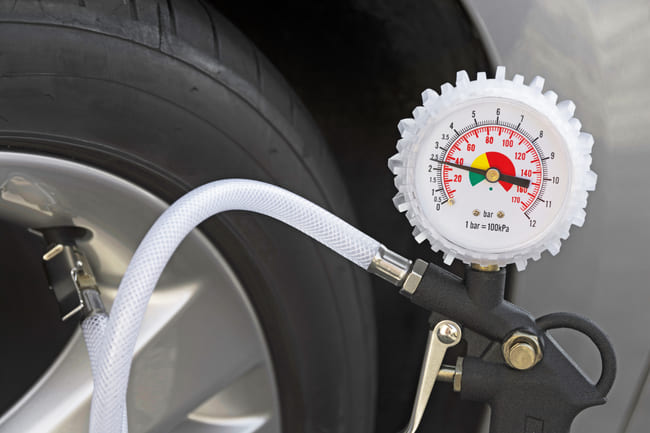
- Stick to the speed limit: This doesn’t just relate to safety, as sticking to the speed limit also helps you to maintain a good fuel economy. Driving faster often means that your fuel mileage will be worse because the engine has to work harder to produce the power needed for high speeds.
- Avoid idling: When your car is running, but not moving, your gas mileage is absolutely zero, yet fuel is still being burned to keep the engine running. So if your car is going to be stationary for more than a minute or so, switch the engine off. Only do this, though, if it is safe to do so.
- Steady braking and acceleration: While driving, always apply steady and consistent pressure to your car’s accelerator pedal. A heavy foot will always result in reduced gas mileage and poor fuel consumption
- Make your car more aerodynamic: Removing roof-racks and decreasing the weight of the car by taking out unneeded items or changing tyres or wheel rims can make the car move better through the air and reduce resistance, thus meaning less fuel is required to get you where you need to go.
- Use cruise control on the motorways: Cruise control means that your car will be going at a constant velocity, which means there is no acceleration. No acceleration reduces the amount of work your engine does, and therefore it uses less fuel.
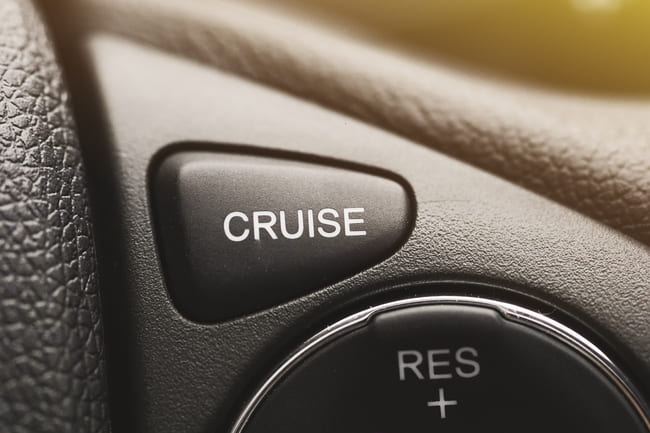
- Keep the windows closed: It might be hard if it is baking hot outside, but keeping the windows closed makes your vehicle more aerodynamic and improves your car’s fuel efficiency. Especially at higher speeds, you should keep the windows up order to reduce drag and improve fuel consumption
- Use air conditioning less: There are always going to be times when you have to switch the AC on, but you should try and use it in moderation.
- Replace dirty air filters: A dirty air filter makes your car’s engine work so much harder and has a real negative impact on your fuel economy. Make sure you follow the manufacturer’s recommendation for periodically changing the air filter.


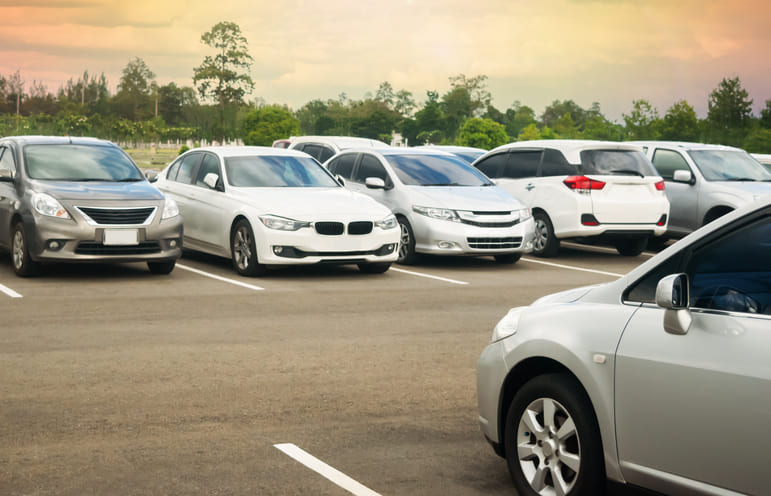
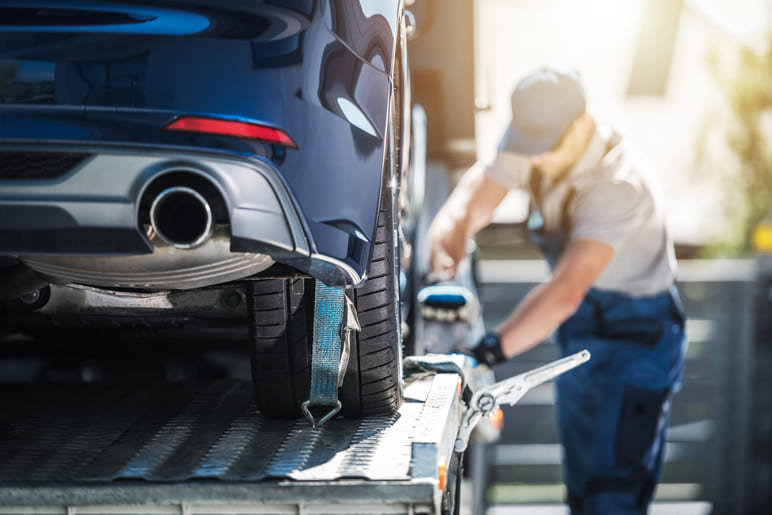
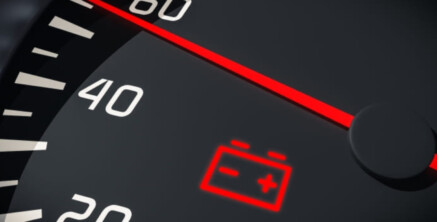
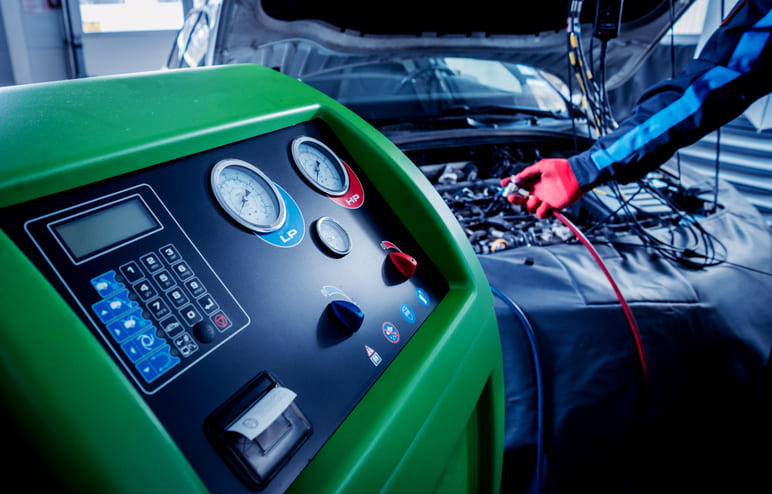
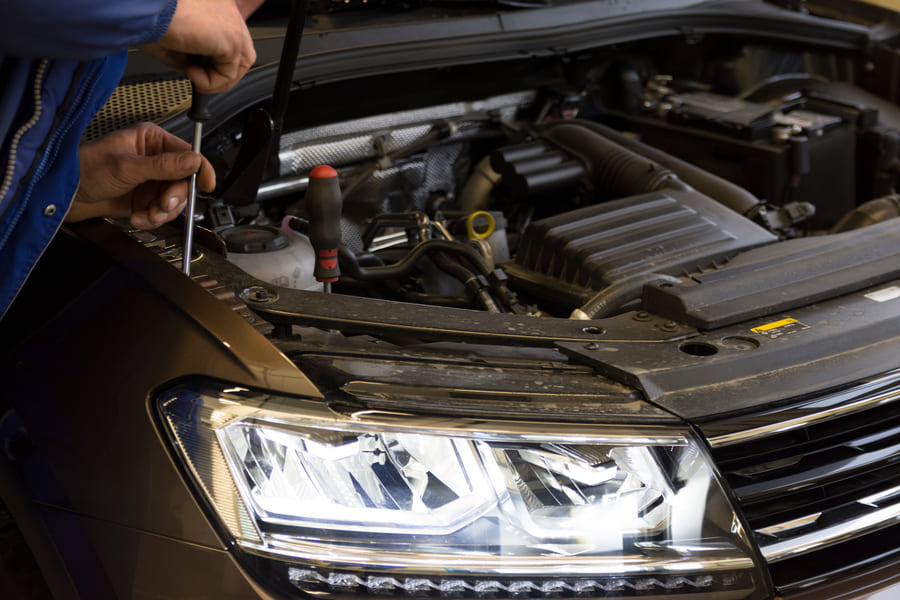
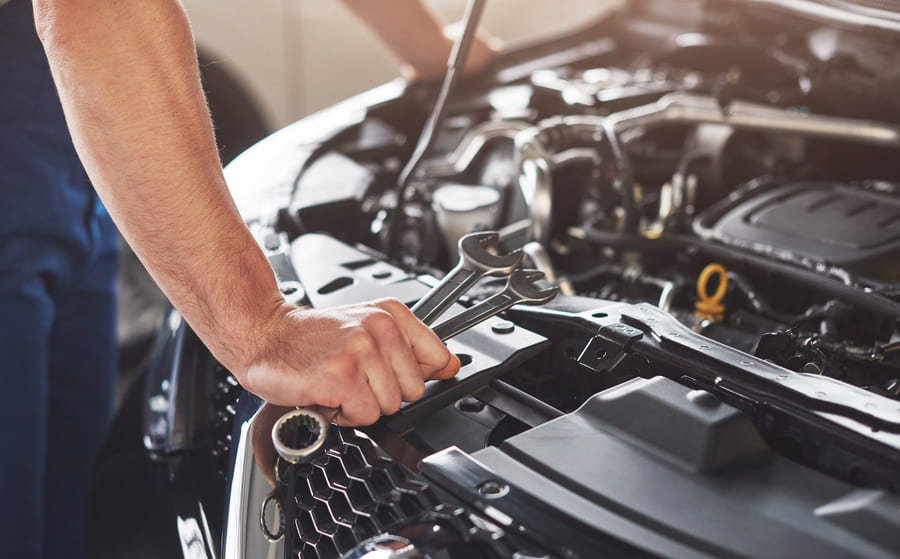
Comment